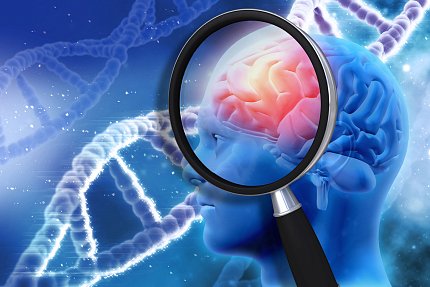Memory Gene Goes Viral

Photo: Kirsty Pargeter/Thinkstock
Two independent teams of scientists from the University of Utah and the University of Massachusetts Medical School have discovered that a gene crucial for learning, called Arc, can send its genetic material from one neuron to another by employing a strategy commonly used by viruses.
The studies, both published in Cell, unveil a new way that nervous system cells interact.
“This work is a great example of the importance of basic neuroscience research,” said Dr. Edmund Talley, a program director at NINDS. “What began as an effort to examine the behavior of a gene involved in memory and implicated in neurological disorders such as Alzheimer’s disease has unexpectedly led to the discovery of an entirely new process, which neurons may use to send genetic information to one another.”
While Arc is known to play a vital role in the brain’s ability to store new information, little is known about precisely how it works. In addition, previous studies had detailed similarities between the Arc protein and proteins found in certain viruses like HIV, but it was unclear how those commonalities influenced the behavior of the Arc protein.
The University of Utah researchers began their examination of the Arc gene by introducing it into bacterial cells. To their surprise, when the cells made the Arc protein, it clumped together into a form that resembled a viral capsid, the shell that contains a virus’s genetic information. The Arc “capsids” appeared to mirror viral capsids in their physical structure as well as their behavior and other properties.
“Beforehand, if I had said to any neuroscientist that this gene sort of acts like a virus, they would have laughed at me,” said Dr. Jason Shepherd, an assistant professor at the University of Utah. “We knew this was going to take us in a completely new direction.
“This research highlights the fact that we often don’t know where the cool discoveries are going to come from,” he added. “We need to follow where the science takes us.”
